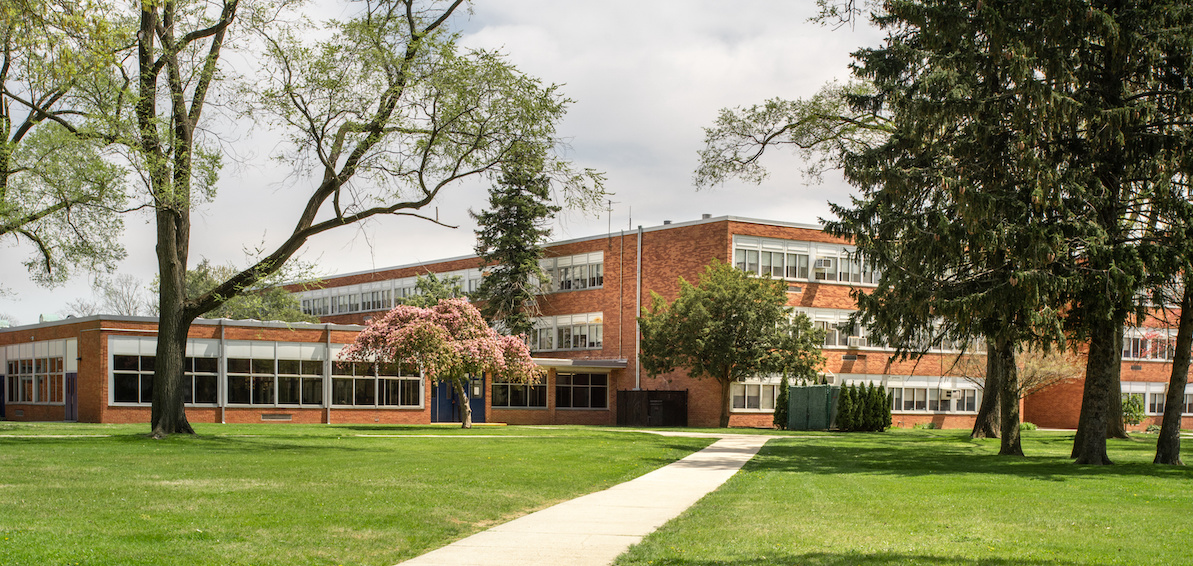
For a moment, let’s look back in time using a virtual time-travel machine and go back to your elementary, middle, or high school days.
(Bonus points for anyone who remembers Bill & Ted’s Excellent Adventure!)
Your time-travel assignment: Recall your time as a student.
- What was the environment like when you were a student in school?
- How did your teacher teach?
- Were you offered options that were different from others in your room?
- Did you know what you wanted to be when you grew up? Were there resources to help you figure it out?
- How did you learn best?
- How many textbooks did you have? Were there computers at your school?
- Did you feel safe?
- Did you have lockdown drills?
- Did you have to make choices for not only yourself but for your family as well?
- Were you or your friends bullied at school?
- How were you taught about health, wellness, and personal safety?
- Did school foster academic and social-emotional growth?
Now let’s bring ourselves back to the present moment in time. Think about your classroom, school, or district as a whole, and ask yourself the following questions:
- How did your classroom experience differ from classrooms of today?
- Do we teach differently?
- Do we prepare our students to be strong individuals and give them each their own personalized attention? How about a personalized learning path?
- How do we prepare our students for the careers of tomorrow?
- How do we teach them about health, wellness, and personal safety?
- How do you think technology (as a whole) plays a role in academic and social-emotional growth?
- Are we fostering academic and social-emotional growth?
- What are the overall differences and similarities between schools today vs. yesterday?
I think it is safe to say that during our time-traveling experience, we recognized similarities and differences between how it was when we were in school vs. the classrooms of today. And that’s not a bad thing at all! With advances in technology and research, we are better at serving our students.
However, as educators, we are also aware that the challenges we face are much different today than they were years ago. The circumstances we face today when meeting the needs of each of our students are not necessarily less challenging than they were years past, but the types of challenges tend to be different – and the stakes are exponentially higher. Today, planning and teaching for the health, wellness, and social-emotional learning of our students have just as much importance as it does when it comes to planning lessons for core curricula.
Today, we pay closer attention to the whole learner and embrace the idea of providing a more well-rounded curriculum, blended and personalized learning, with student-centered classrooms that include more ‘voice and choice’ while fostering a healthy, safe environment.
While teaching beyond core curriculum is common sense, it’s not always commonly followed. Sometimes this is due to extrinsic factors that are harder to control, such as teacher shortages and budget cuts. The Every Student Succeeds Act (ESSA) seeks to provide state and local education agencies opportunities to better support the academic, developmental, and social-emotional learning aspects that best prepare our students for college and careers.
Pause and think about your classroom for a minute longer. I bet you are picturing a highly diverse setting, correct?
Every student has a different journey. And we know that education cannot take a one-size-fits-all approach.
We have students that learn and progress at different speeds. We have students that need extra scaffolded support and vocabulary support tools. Each classroom includes students with different learning strengths, different challenges, different reading levels, different interests, and different career goals.
While some students may struggle in math, they may be quite accomplished in science. Some students may not be able to make a correlation between the math concept they’re learning to real-world application. What if, instead, we could teach our Algebra 1 students the concept of slope through a CTE Science, Technology, Engineering, & Mathematics (STEM) course? What if we could offer our students personalized and targeted learning through stations tailored just for their needs – either getting caught up in a subject or concept or advancing them to the next level?
Supporting the whole learner has become more than just a thought or practice. It’s become a way of educating our students individually and understanding that it is more than just academia. Ultimately that means moving beyond core subjects and ensuring we are creating a healthy, safe, engaged, supported, and challenged learning environment for our students. The whole learner approach embraces and values our students as unique individuals – and recognizes the importance of letting them know that.



